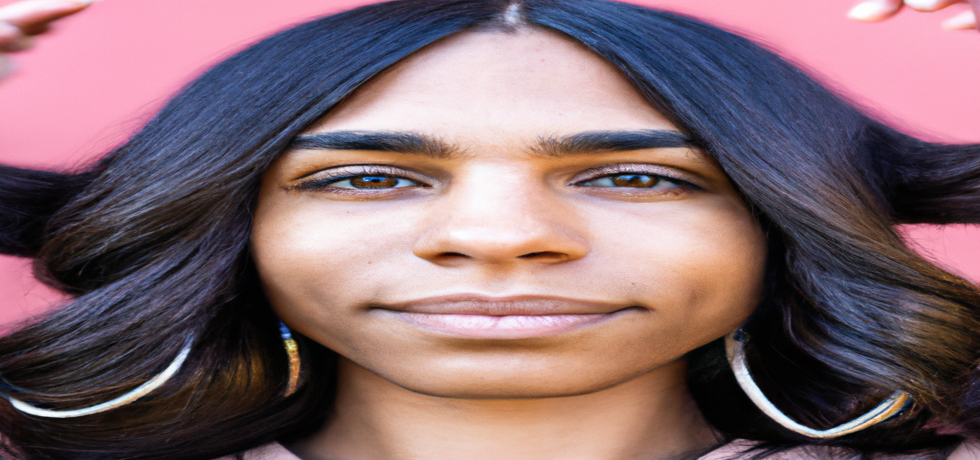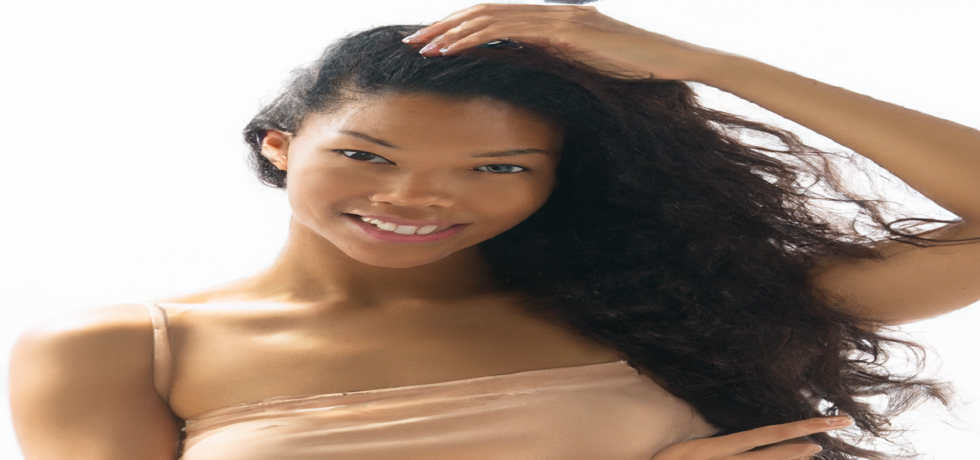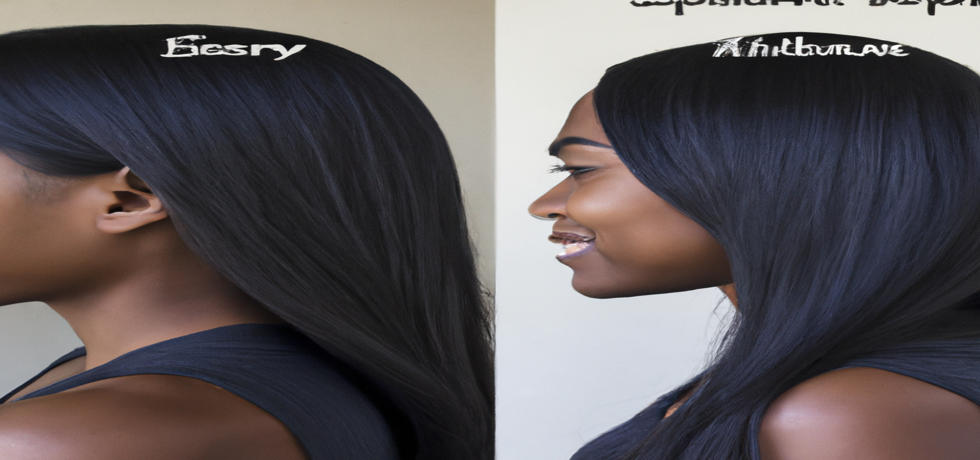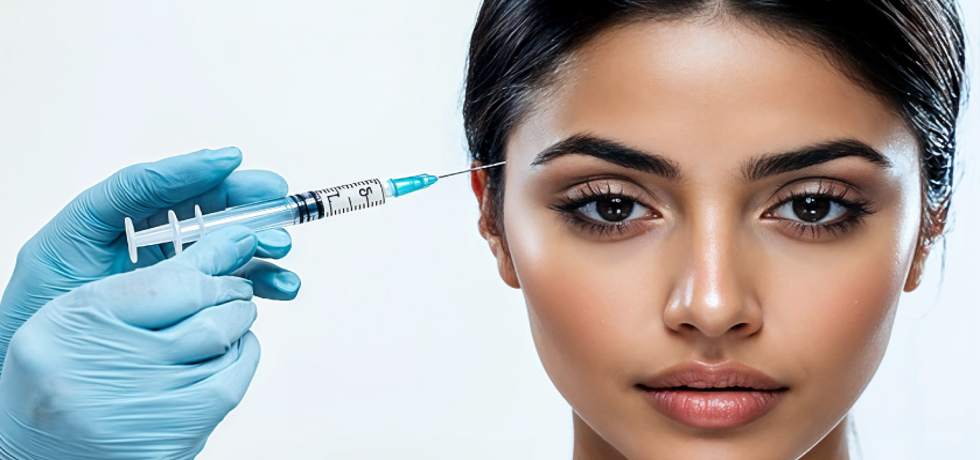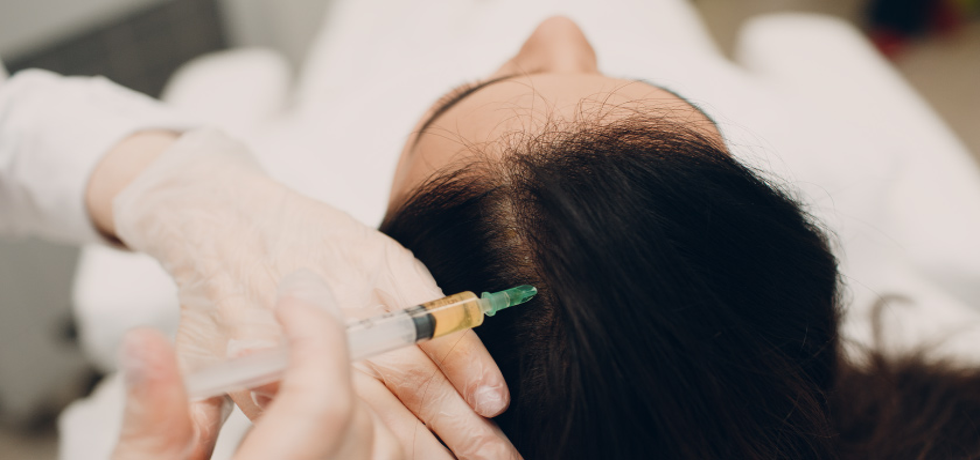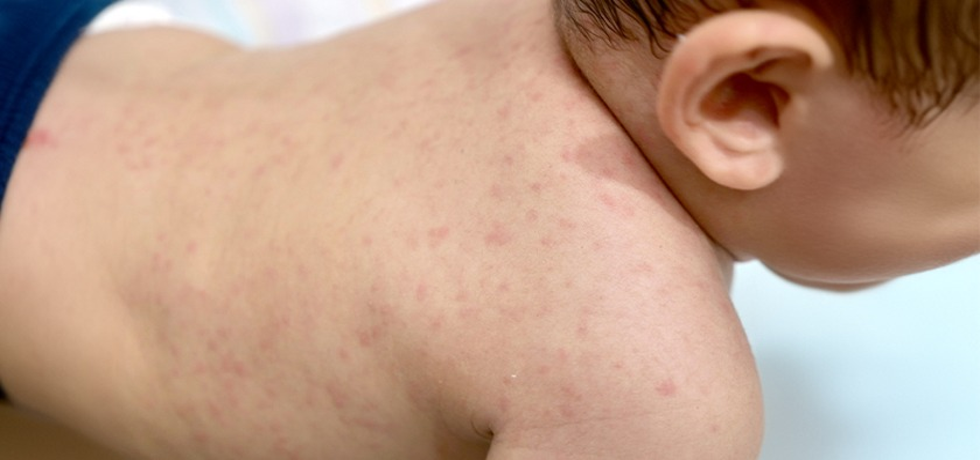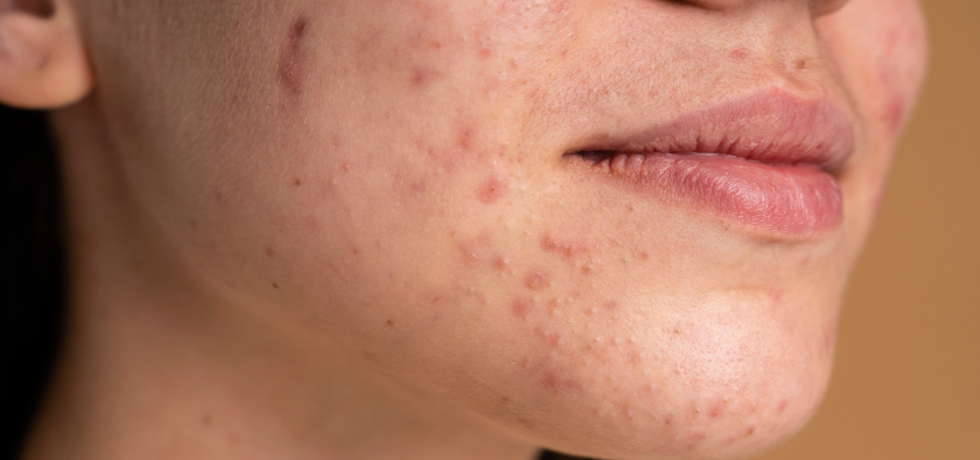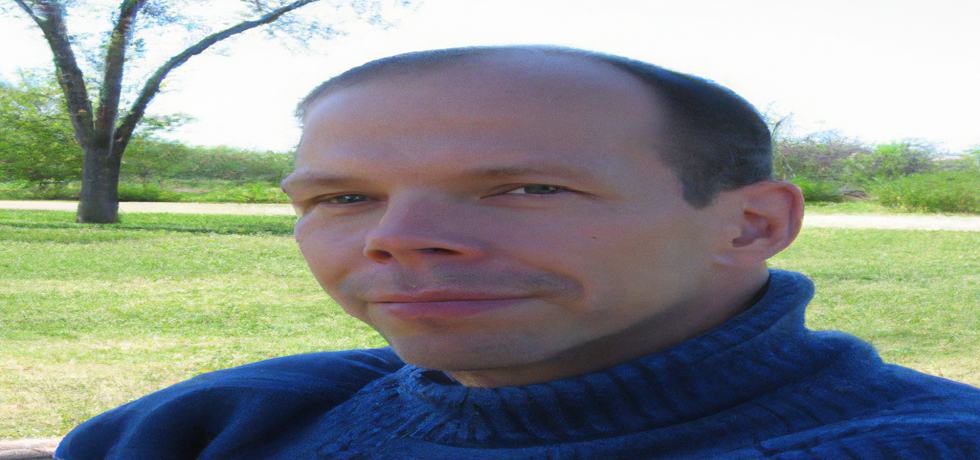
Unlocking the Secrets of Male Hair Loss
Introduction to Male Hair Loss
Male hair loss is a common concern that affects countless men worldwide, irrespective of age. Often, it can leave a significant impact on self-esteem and overall confidence. Understanding the underlying reasons behind male hair loss is essential for effective management and maintaining a vibrant appearance. In this blog, we will explore the intricacies of this condition, from its causes and symptoms to the various treatment options available to help men regain not just their hair but also their confidence.
The Science Behind Male Hair Loss
At its core, male pattern hair loss, clinically known as androgenetic alopecia, is primarily influenced by genetic factors. This condition triggers hair follicles to shrink due to hormonal changes, specifically the presence of Dihydrotestosterone (DHT). This hormone is a derivative of testosterone and affects those who are genetically predisposed to hair loss, ultimately leading to progressive thinning and balding. Understanding this biological process is the first step in tackling male hair loss effectively.
Identifying the Stages and Symptoms
Recognizing the common symptoms is crucial for early intervention. Typically, male pattern hair loss progresses through distinctive stages, starting with a receding hairline and thinning at the crown. As hair density decreases, it may become challenging to conceal these changes. Observing a noticeable reduction in hair volume or texture can provide insights for men to seek professional advice sooner rather than later.
Effective Treatments to Combat Male Hair Loss
There are various proven treatments available to slow down hair loss and stimulate regrowth. FDA-approved medications, such as finasteride and minoxidil, have been shown to be effective in addressing male hair loss. Finasteride inhibits the production of DHT, while minoxidil works by increasing blood flow to the scalp, promoting healthier follicles. Additionally, natural remedies like biotin and lifestyle changes can further support overall hair health.
Advanced Solutions for Male Baldness
For those seeking more long-term solutions, advanced techniques such as hair transplant surgery and Platelet-rich plasma (PRP) therapy may offer promising outcomes. Hair transplant surgery involves moving healthy hair follicles to thinning areas, providing a permanent solution for male baldness. Meanwhile, PRP therapy uses concentrated platelets derived from the patient’s own blood to stimulate hair growth and regeneration. Innovations in Low-Level Laser Therapy (LLLT) also present an option for promoting thicker hair through enhanced blood circulation in the scalp.
Conclusion: Take Action Against Male Hair Loss
Understanding the nuances of male hair loss empowers men to take proactive steps in managing their scalp health. Early detection and tailored treatment plans are key to navigating this common issue. Whether considering pharmaceutical applications or advanced procedures, taking the first step can significantly impact self-esteem and confidence. If you’re dealing with the challenges of male hair loss, it’s time to reach out and explore the best options available.
FAQs About Male Hair Loss
1. What age does male pattern baldness usually start?
Male pattern baldness can begin in the late teens or early twenties, with a higher likelihood as one ages.
2. Are hair loss treatments safe for long-term use?
Treatments like finasteride and minoxidil are generally considered safe for long-term use when managed by healthcare professionals.
3. Can lifestyle changes completely reverse male hair loss?
While a healthy lifestyle can positively influence hair health, combining it with targeted treatments is crucial for more impactful results.
For professional assistance and expert advice from leading dermatologists like Dr. Hital Patel, experience the benefits of unlocking the secrets of male hair loss with Hair & Skin Specialist Dr. Hital Patel at The Skin Artistry. Our clinics in PDPU Gandhinagar, Vastrapur Ahmedabad, and Hyderabad (Visiting Consultant) offer top-quality care and personalized treatments. Visit us today to learn more about our services and take advantage of our special offers! For more insights, updates, or to collaborate, stay connected with The Skin Artistry.

